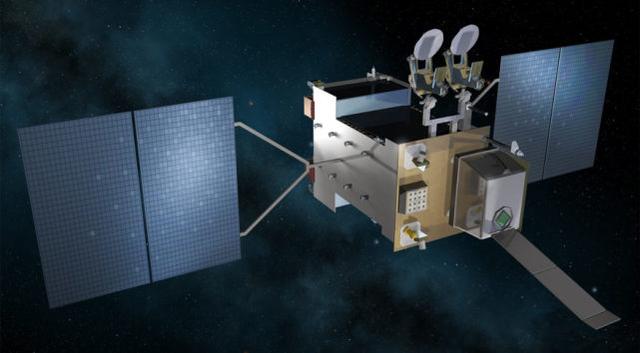According to the U.S. Space News website on the 4th, the Pentagon announced on the 4th that Lockheed-Martin has obtained a $4.9 billion contract to produce three geosynchronous next-generation over-top continuous infrared satellites (OPIR).
These satellites will be operated by the U.S. Space Force and provide preliminary warning for ballistic or tactical missile launches anywhere in the world.
The U.S. Space Force will acquire five next-generation over-top continuous infrared satellites, including three geosynchronous orbit satellites made by Lockheed Martin and two polar orbit satellites built by Northrop-Grumman.
In August 2018, the Space and Missile Systems Center of the United States Space Force awarded Lockheed-Martin a $2.9 billion contract to develop the three geosynchronous orbit satellites.
The new contract covers the manufacture, assembly, integration, testing and delivery of satellites by May 2028. The contract also includes ground software systems and systems engineering.
The U.S. Space Force said that the next generation of over-the-top continuous infrared satellites will expand its coverage and eventually replace the existing space-based infrared warning satellite, which is also built by Lockheed-Martin.
The first geosynchronous satellite may be launched as early as 2025.
In 2017, General John Hayten, former commander of the United States Strategic Command and current vice chairman of the Joint Chiefs of Staff, criticized space-based infrared warning satellites as “succulent targets” of enemy anti-satellite weapons, prompting the U.S. Air Force to accelerate the development of new satellites.
The next generation of over-top continuous infrared satellites have more powerful sensors and other characteristics, making them more resistant to attacks than current satellites.
Tom McCormick, vice president of Lockheed Martin’s Overhead Continuous Infrared Satellite Project, said: “Never, a space program of this scale has been carried out so quickly, which includes the development of two new missile warning payloads.”



